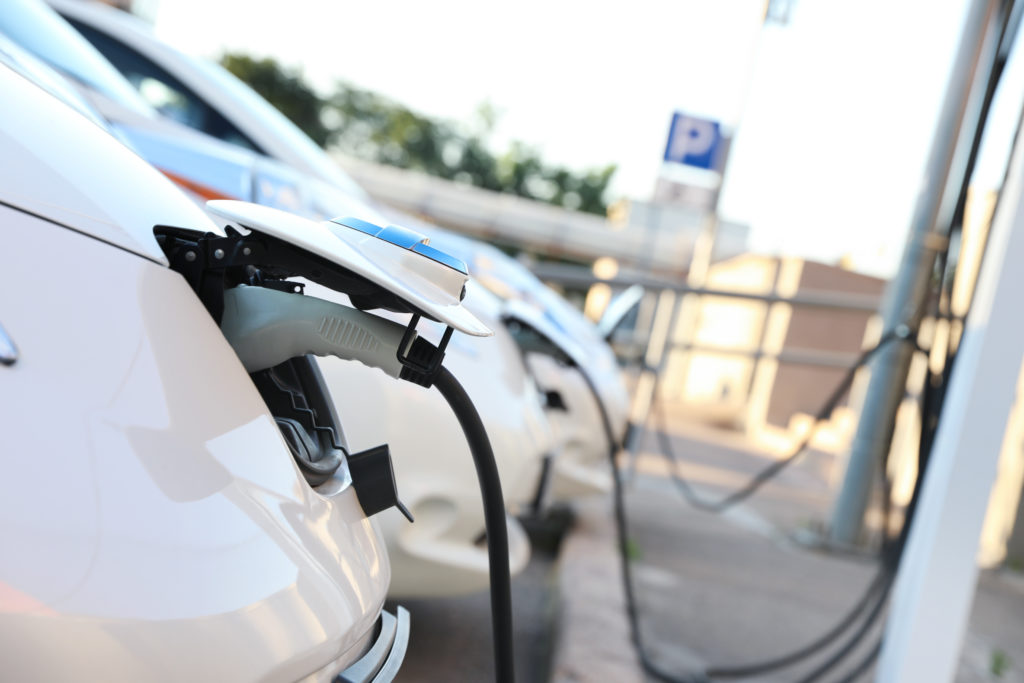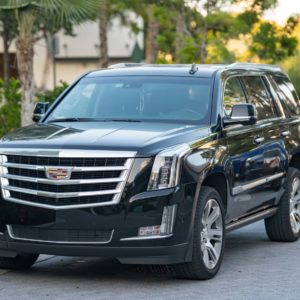More and more new electric vehicles (EVs) are beginning to hit dealership showrooms. At the same time, a greater number of used EVs are being made available to budget-minded consumers like yourself.
A pre-owned EV can be a great way to go if you’re looking to break free from fossil fuels. But before you rush out and purchase a battery-powered vehicle, you’ll want to know what to watch out for in a used model.
What to Watch Out for When Shopping for a Used EV
EVs can have unique problems, as well as many of the same issues as traditional vehicles. If you’re considering purchasing a used EV that’s out of warranty, here are some of the major problems you’ll want to look out for before handing over your hard-earned cash.
1. Degraded Battery
It’s common knowledge that the high-voltage battery pack is one of the most expensive (if not the most expensive) parts of an EV. Replacement units can cost anywhere from $5,000 to over $20,000, so you’ll want to make sure the battery pack is in good condition before you purchase a vehicle.
In many cases, you can get an idea of the battery’s health by looking at some key pieces of information on the car’s digital dashboard display. Most EVs show the battery’s state of charge and the vehicle’s range. Some models, such as the first-generation Nissan Leaf, also display the battery capacity.
What do these measurements mean? Here’s a breakdown:
- Capacity is the amount of energy the battery can deliver. The measurement is directly related to the battery’s overall health because the unit loses capacity as it degrades.
- State of charge (SOC) is how much of a charge the battery has at any given time. The SOC display is analogous to a traditional vehicle’s fuel gauge.
- Range indicates how far the vehicle can travel based on capacity, SOC, and other factors (e.g., ambient temperature).

If the car’s instrument cluster has a capacity display, you’re in luck since the reading directly correlates to battery health. Take, for example, the first-generation Nissan Leaf. The car shows the battery capacity (displayed as bars) and the range (in miles) on the righthand side of the instrument cluster.
While a Leaf with a brand-new battery should show 12 bars, a car with an older, degraded battery might only show a few bars. As the bars begin to disappear, so does the vehicle’s range. A Leaf with just a few bars left might only be able to travel 20 or 30 miles on a full charge.
Even if the car you’re looking at doesn’t show capacity on the dashboard, you might still be able to get an idea of the battery’s health by looking at the SOC and range displays.
A car should be able to achieve somewhere close to its maximum range (give or take a few miles, due to factors, such as ambient temperature, etc.) when there’s a full SOC. If the battery is severely degraded, the maximum range will be noticeably limited with a full SOC.
2. Strange Noises
Strange noises usually indicate that a car has problems. Because the undercarriage of an EV is much the same as that of a traditional model, you might hear the familiar clunks and squeaks that point to issues, such as faulty control arm bushings or worn-out brakes.
EVs can also develop some unique noises that are equally as disturbing. For example, if you hear a whining noise from the powertrain, it could indicate a failing electric motor.
3. A Branded Title
Like any car, an EV can suffer significant damage (collision, flood, etc.) that leaves it with a branded title. A branded title vehicle is one that has been declared a total loss by an insurance company or another entity.
Sometimes, such cars are purchased (usually through an auction), repaired, and returned to service. But exactly how well the repairs were performed is anyone’s guess. That’s why any car you’re considering should have a clean title—period.
By law, dealers are required to tell you if a vehicle has a branded title. Additionally, a vehicle history report from CarFax or a similar provider will usually indicate what type of title a car has. Of course, you can also take a look at the title if you have access to it.

4. Features that Don’t Work
When considering a vehicle, you’ll want to ensure that all of its features work. It’s a good idea to check everything from the infotainment display to the air conditioning system.
Although these features might seem trivial, they can be expensive to repair when they fail—for example, replacing the air conditioning compressor (which is electric on an EV) or the infotainment display can cause thousands of dollars.
Also, here’s a tip: If you’re looking at a Tesla, be sure that all of the power door handles extend and retract as they should. The power door handles are known to be a problem area on many Tesla models.
5. Fluid Leaks
Even though EVs don’t have a gas engine with motor oil, they have other fluid-filled systems that can develop leaks. Most EVs have coolant (for the high-voltage electronics), brake fluid (for the brake system), and gear oil (for the final drive assembly).
Not only can leaks in these systems be expensive to repair, but the resulting low fluid levels can cause subsequent damage to other parts of the vehicle.

6. Signs of Prior Collision Repair
In some cases, a car might have incurred prior collision damage but still have a clean title. Usually, this happens when the damage wasn’t significant enough to declare the vehicle a total loss or the collision wasn’t reported to the insurance company. In the latter scenario, the vehicle might still have a clean history report.
To avoid getting an EV with hidden damage, you’ll want to look for signs of prior collision repair, such as tool marks on the fender bolts, uneven body panel gaps, and paint overspray.
Missing production decals are another tell-tale sign of prior collision repair. You’ll want to check to be sure that the vehicle identification and tire information decals (in the door jamb) and the emissions specifications decal (under the hood) are all intact.
7. Missing Charging Cable
Naturally, you’ll want to be able to charge your EV. So, be sure that the car comes with its charging cable. Essentially all EVs should come with a standard 120-volt charging cable that you can plug into a dedicated household outlet.

8. A Car Without a Fast-Charging Port
There are three levels of EV charging: Level 1, Level 2, and direct current (DC) fast charging. The fastest EV chargers are the DC units that can be found at many public charging stations. When you’re shopping for a car, you’ll want to be careful because some used EVs are not equipped with a fast-charging port and may only be capable of charging at a lower level.
There are two types of fast-charging ports—CHAdeMO and SAE Combo CCS—commonly used by vehicle manufacturers other than Tesla. Meanwhile, Tesla models come with a dedicated fast-charge port for Tesla Superchargers. If you want to be able to charge your car quickly, be sure that it comes with one of these fast-charging ports.
Where to Get EV Replacement Parts for Your Ride
Your EV can also have issues like any traditional vehicle. Thankfully, it’s easy to order EV replacement parts for your ride with the help of CarParts.com.
We have a wide selection of premium EV parts sourced from top brands in the industry. They’ve all undergone strict quality control tests to ensure they work just like your vehicle’s factory unit.
You don’t have to drive anywhere to get new parts for your ride. Go to CarParts.com, and use our vehicle selector tool to narrow your search to components that fit your make and model.
Need parts for urgent repairs? We have distribution centers all over the US, so you can expect your orders to arrive in just a few days.
What’s more, our replacement parts come with a low-price guarantee. That means you don’t have to spend much just to get new parts for your ride.
Check out our selection now, and order what you need today!
Any information provided on this Website is for informational purposes only and is not intended to replace consultation with a professional mechanic. The accuracy and timeliness of the information may change from the time of publication.



















